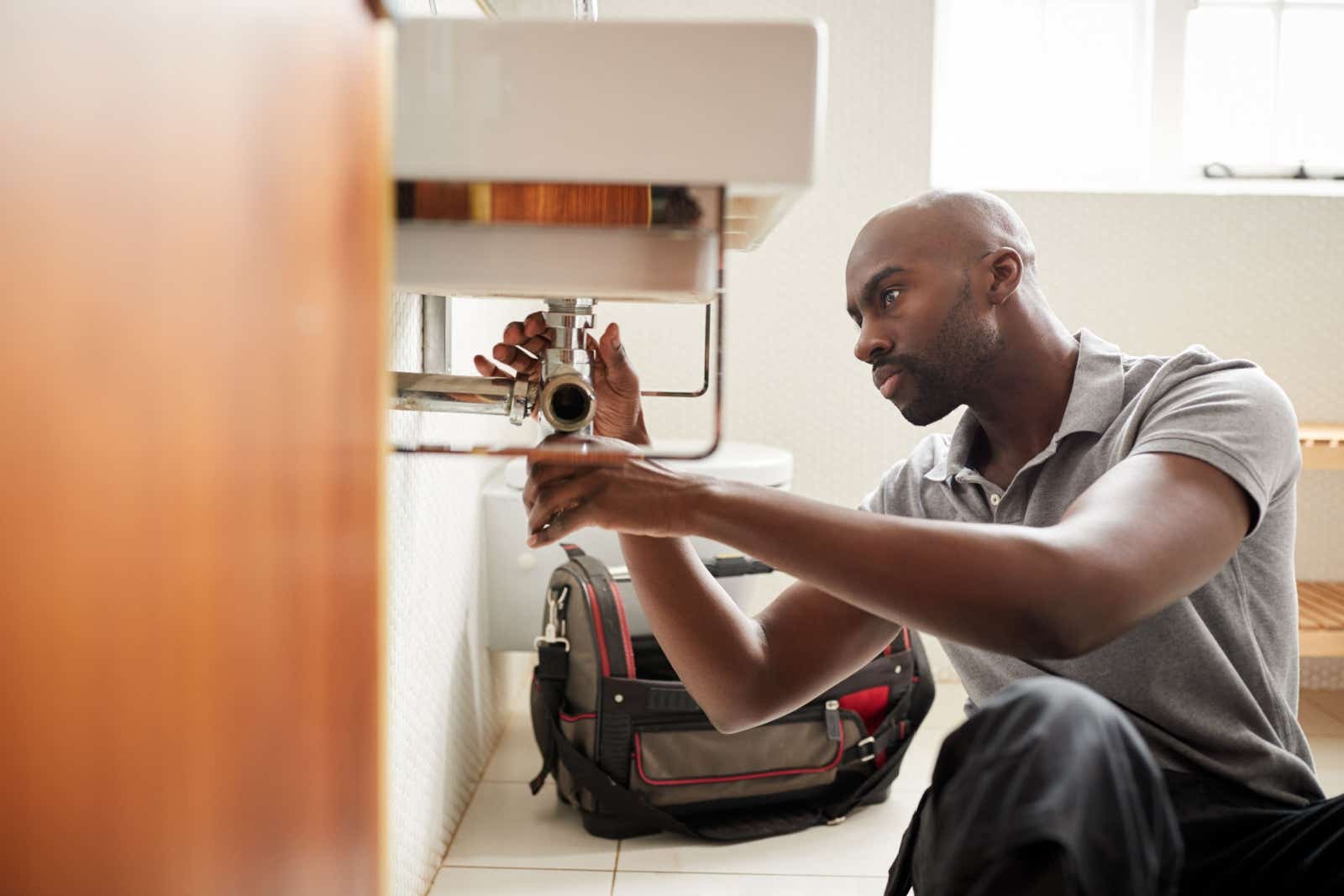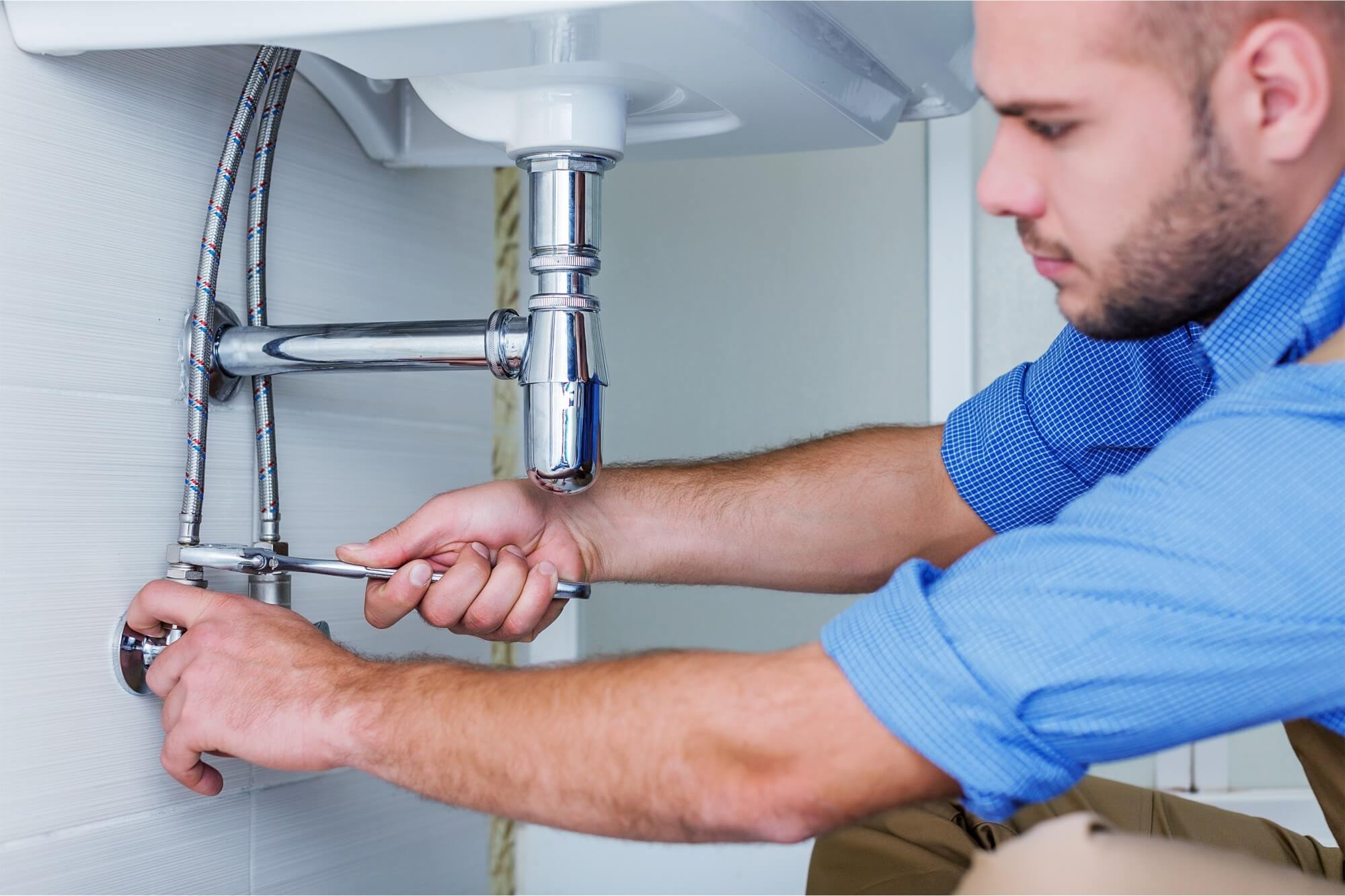Top-Rated Plumber Alabaster AL Ready to Serve You Anytime
Top-Rated Plumber Alabaster AL Ready to Serve You Anytime
Blog Article
A Detailed Overview to Reliable Hot Water Heater Installment for Optimal Performance
Beginning on the task of mounting a hot water heater is a venture that demands precision and an organized approach for accomplishing optimum performance. The procedure starts with the crucial choice of choosing the appropriate heating unit customized to the certain needs of your household, thinking about factors such as energy, dimension, and type source. When chosen, preparing the installation area to satisfy security standards is critical. However, the trip does not end below. As you proceed, the details of linking supply of water lines and setting up reliable electrical or gas connections await, appealing understandings right into guaranteeing effectiveness and reliability.
Selecting the Right Hot Water Heater

Following, think about the size and capacity of the water heating unit. It's crucial to analyze your house's warm water demands, which can vary based upon the number of passengers and their use patterns. An unit that's too little may result in insufficient warm water, while an extra-large design might result in unnecessary power intake.
Performance rankings likewise play a pivotal function in choice. Try to find water heating units with high Energy Element (EF) ratings, indicating superior efficiency and lowered power use. Tankless designs, though typically a lot more pricey ahead of time, deal substantial power savings over time as a result of their on-demand heating capacities.
Preparing the Installation Area
Before mounting a brand-new water heater, thorough prep work of the setup area is crucial. It's vital to gauge the area carefully to accommodate the water heater's measurements, guaranteeing sufficient clearance around the device for effective procedure and maintenance.
Next, eliminate any debris, dust, or obstructions from the site to produce a tidy environment. Examine the floor for security, as the hot water heater will certainly require a solid, degree surface to run successfully. If needed, set up a drip pan under the device to capture potential leakages or spills, avoiding water damages to the surrounding location. In areas prone to seismic task, take into consideration installing seismic bands to secure the heating system strongly in position.
In addition, make certain that all necessary devices and products get on hand before commencing the setup. This consists of items such as wrenches, screwdrivers, a level, and any added equipment needed for placing and protecting the heating unit. A well-prepared setup location establishes the structure for a successful water heating system setup, optimizing performance and safety and security.
Connecting Water System Lines
When linking water lines to your recently mounted hot water heater, it is essential to guarantee that all connections are safe and secure and leak-free to preserve efficient procedure and protect against water damage. Begin by recognizing the hot and cold water lines. The cool water inlet is generally noted with a blue tag or a "C", while the hot water outlet is noted with a red label or an "H".
Usage flexible water heater adapters to facilitate a less complicated setup process. Before connecting the connectors, place a plumbing's tape around the threaded ends of the water heater's inlet and electrical outlet pipes.
As soon as links remain in location, gradually switch on the primary water shutoff. Evaluate each link for leaks by visually really feeling and inspecting for dampness. Tighten up links as required, and make sure the stress safety valve is appropriately set up, guarding against you can try this out too much stress build-up.
Establishing Electrical or Gas Connections
Appropriately setting up the electric or gas links for your hot water heater is an important step to make certain reliable and risk-free operation. For electrical water heating units, begin by confirming that the electrical circuit is suitable with the heating unit's voltage and amperage demands. Make sure the power supply is switched off at the breaker to stop mishaps. Connect the electrical cords to the heating system complying with the producer's wiring representation. Usually, this entails connecting the ground cord to the eco-friendly terminal, and the remaining cables to their corresponding terminals, protecting each with cable nuts.
For gas water heating units, security is critical. Link the gas line to the water heating unit making use of an adaptable gas adapter, ensuring it is appropriately threaded and sealed with pipeline joint substance or Teflon tape suitable for gas links.
When connections are made, inspect for any kind of prospective leaks. For gas lines, use a soapy water remedy to the joints; bubbles show a leak. For electrical links, verify that all circuitry is safe and secure and appropriately protected, preserving compliance with neighborhood electrical codes.
Adjusting and testing for Effectiveness
With the electric and gas links securely in location, the next action is reviewing the functional efficiency of your water heater. Begin by thoroughly turning on the water supply and making sure you could try here there are no leaks at any of the shutoffs or joints.
Next, perform a complete assessment to guarantee the burner or gas burners are functioning correctly. For electric heaters, use a multimeter to confirm if the elements are attracting the suitable existing. In gas models, observe the heater flame; it must be blue and consistent, suggesting effective burning.
Change the setups as necessary to get rid of inefficiencies. Think about applying insulation steps, such as including a water heater blanket, to additionally boost efficiency by minimizing heat loss. Furthermore, inspect the anode pole's problem, as a deteriorated rod can decrease effectiveness and cause container deterioration.
Verdict
Reliable hot have a peek at this website water heater installment is crucial for making sure ideal efficiency and power savings. By selecting the ideal type and size, and carefully preparing the setup area, a structure for success is developed. Safely linking supply of water lines and carefully setting up electric or gas connections decrease possible problems. Extensive testing for leakages and exact thermostat adjustments to 120 ° F boost integrity and effectiveness. Complying with these actions promotes lasting performance and energy preservation in domestic water heater.

Appropriately setting up the electrical or gas links for your water heating unit is a vital step to ensure reliable and risk-free operation. For electrical water heaters, begin by verifying that the electrical circuit is suitable with the heating unit's voltage and amperage needs. Connect the gas line to the water heating system using an adaptable gas connector, ensuring it is effectively threaded and sealed with pipeline joint substance or Teflon tape appropriate for gas links.
Report this page